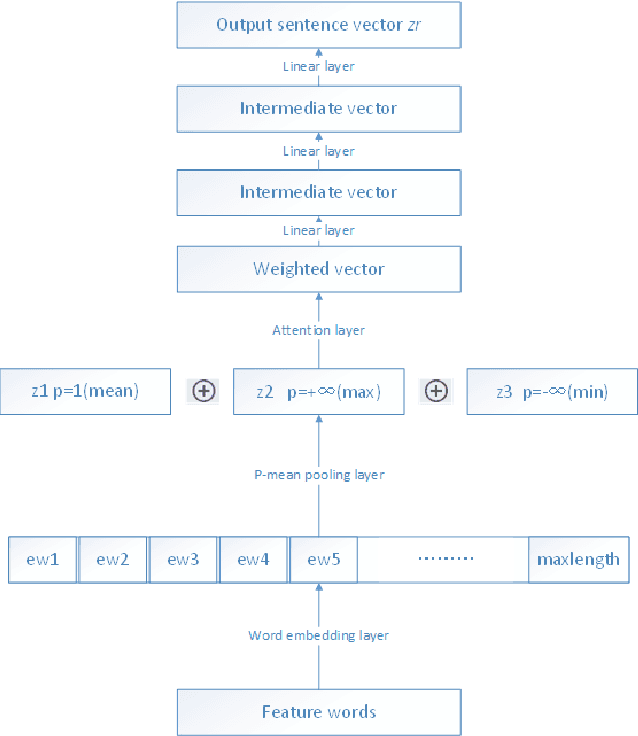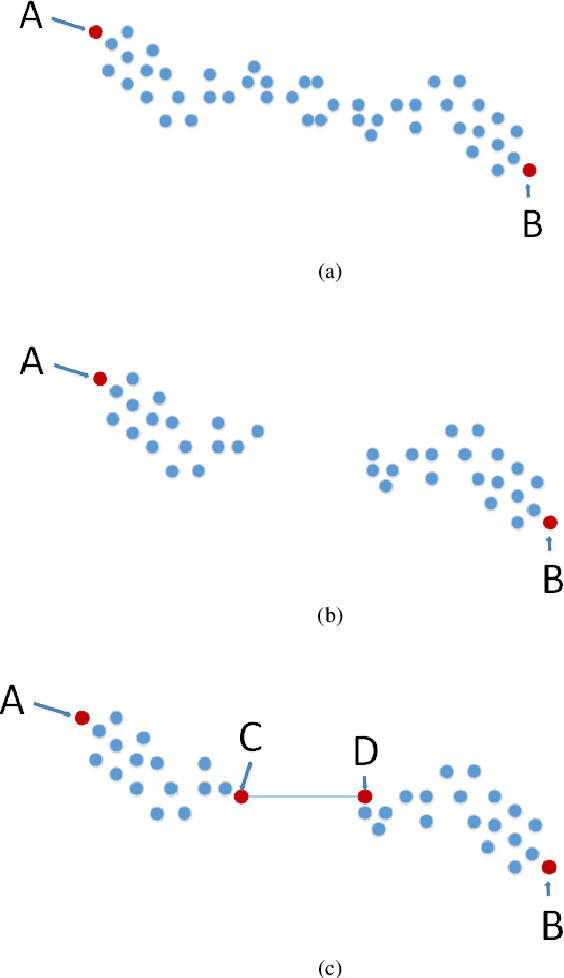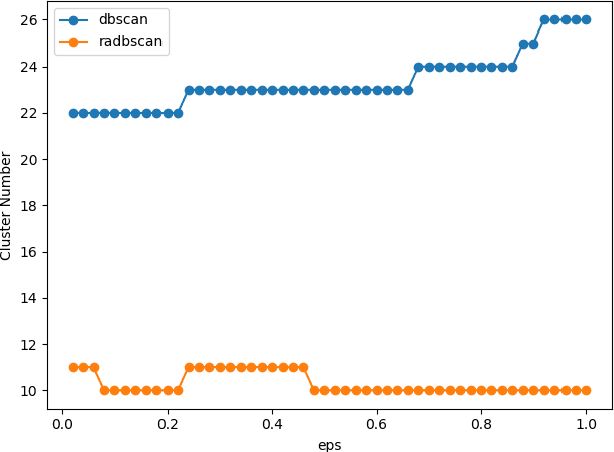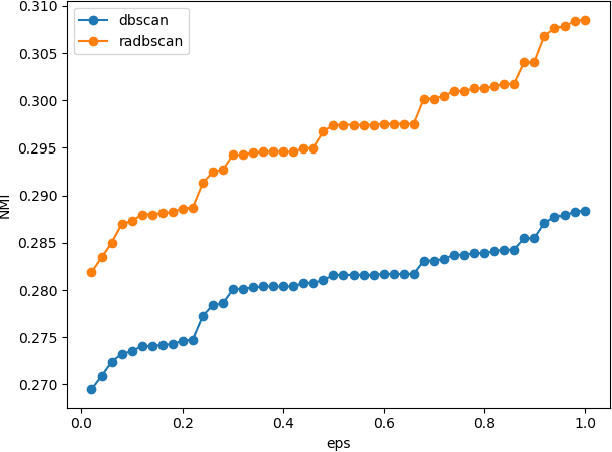Changming Xu
Compression Aware Certified Training
Jun 13, 2025Abstract:Deep neural networks deployed in safety-critical, resource-constrained environments must balance efficiency and robustness. Existing methods treat compression and certified robustness as separate goals, compromising either efficiency or safety. We propose CACTUS (Compression Aware Certified Training Using network Sets), a general framework for unifying these objectives during training. CACTUS models maintain high certified accuracy even when compressed. We apply CACTUS for both pruning and quantization and show that it effectively trains models which can be efficiently compressed while maintaining high accuracy and certifiable robustness. CACTUS achieves state-of-the-art accuracy and certified performance for both pruning and quantization on a variety of datasets and input specifications.
Misaligning Reasoning with Answers -- A Framework for Assessing LLM CoT Robustness
May 23, 2025Abstract:LLMs' decision-making process is opaque, prompting the need for explanation techniques like Chain-of-Thought. To investigate the relationship between answer and reasoning, we design a novel evaluation framework, MATCHA. In domains like education and healthcare, reasoning is key for model trustworthiness. MATCHA reveals that LLMs under input perturbations can give inconsistent or nonsensical reasoning. Additionally, we use LLM judges to assess reasoning robustness across models. Our results show that LLMs exhibit greater vulnerability to input perturbations for multi-step and commonsense tasks than compared to logical tasks. Also, we show non-trivial transfer rates of our successful examples to black-box models. Our evaluation framework helps to better understand LLM reasoning mechanisms and guides future models toward more robust and reasoning-driven architectures, enforcing answer-reasoning consistency.
Support is All You Need for Certified VAE Training
Apr 16, 2025Abstract:Variational Autoencoders (VAEs) have become increasingly popular and deployed in safety-critical applications. In such applications, we want to give certified probabilistic guarantees on performance under adversarial attacks. We propose a novel method, CIVET, for certified training of VAEs. CIVET depends on the key insight that we can bound worst-case VAE error by bounding the error on carefully chosen support sets at the latent layer. We show this point mathematically and present a novel training algorithm utilizing this insight. We show in an extensive evaluation across different datasets (in both the wireless and vision application areas), architectures, and perturbation magnitudes that our method outperforms SOTA methods achieving good standard performance with strong robustness guarantees.
Cross-Input Certified Training for Universal Perturbations
May 15, 2024Abstract:Existing work in trustworthy machine learning primarily focuses on single-input adversarial perturbations. In many real-world attack scenarios, input-agnostic adversarial attacks, e.g. universal adversarial perturbations (UAPs), are much more feasible. Current certified training methods train models robust to single-input perturbations but achieve suboptimal clean and UAP accuracy, thereby limiting their applicability in practical applications. We propose a novel method, CITRUS, for certified training of networks robust against UAP attackers. We show in an extensive evaluation across different datasets, architectures, and perturbation magnitudes that our method outperforms traditional certified training methods on standard accuracy (up to 10.3\%) and achieves SOTA performance on the more practical certified UAP accuracy metric.
Bypassing the Safety Training of Open-Source LLMs with Priming Attacks
Dec 19, 2023Abstract:With the recent surge in popularity of LLMs has come an ever-increasing need for LLM safety training. In this paper, we show that SOTA open-source LLMs are vulnerable to simple, optimization-free attacks we refer to as $\textit{priming attacks}$, which are easy to execute and effectively bypass alignment from safety training. Our proposed attack improves the Attack Success Rate on Harmful Behaviors, as measured by Llama Guard, by up to $3.3\times$ compared to baselines. Source code and data are available at https://github.com/uiuc-focal-lab/llm-priming-attacks .
Robust Universal Adversarial Perturbations
Jun 22, 2022



Abstract:Universal Adversarial Perturbations (UAPs) are imperceptible, image-agnostic vectors that cause deep neural networks (DNNs) to misclassify inputs from a data distribution with high probability. Existing methods do not create UAPs robust to transformations, thereby limiting their applicability as a real-world attacks. In this work, we introduce a new concept and formulation of robust universal adversarial perturbations. Based on our formulation, we build a novel, iterative algorithm that leverages probabilistic robustness bounds for generating UAPs robust against transformations generated by composing arbitrary sub-differentiable transformation functions. We perform an extensive evaluation on the popular CIFAR-10 and ILSVRC 2012 datasets measuring robustness under human-interpretable semantic transformations, such as rotation, contrast changes, etc, that are common in the real-world. Our results show that our generated UAPs are significantly more robust than those from baselines.
A novel sentence embedding based topic detection method for micro-blog
Jun 10, 2020



Abstract:Topic detection is a challenging task, especially without knowing the exact number of topics. In this paper, we present a novel approach based on neural network to detect topics in the micro-blogging dataset. We use an unsupervised neural sentence embedding model to map the blogs to an embedding space. Our model is a weighted power mean word embedding model, and the weights are calculated by attention mechanism. Experimental result shows our embedding method performs better than baselines in sentence clustering. In addition, we propose an improved clustering algorithm referred as relationship-aware DBSCAN (RADBSCAN). It can discover topics from a micro-blogging dataset, and the topic number depends on dataset character itself. Moreover, in order to solve the problem of parameters sensitive, we take blog forwarding relationship as a bridge of two independent clusters. Finally, we validate our approach on a dataset from sina micro-blog. The result shows that we can detect all the topics successfully and extract keywords in each topic.
 Add to Chrome
Add to Chrome Add to Firefox
Add to Firefox Add to Edge
Add to Edge